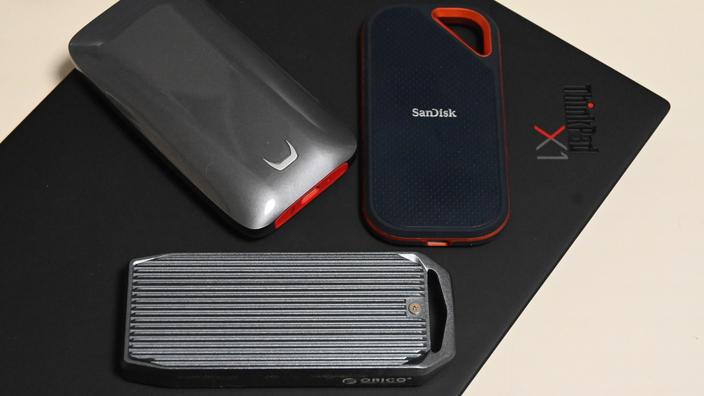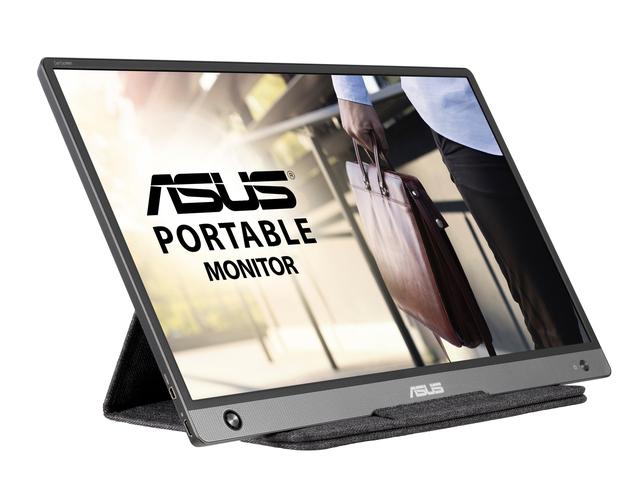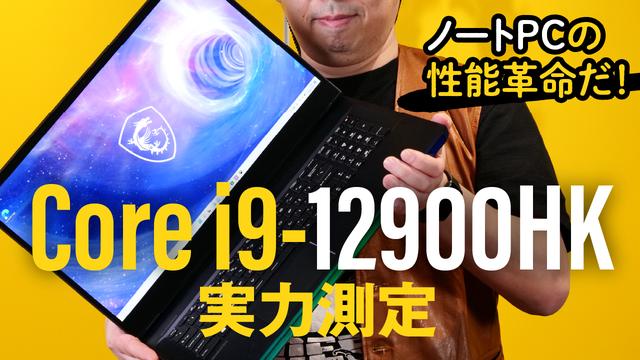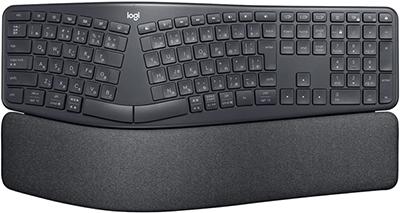Huawei "P20"
Equipped with AI function in addition to the conventional color + monochrome sensor
The company has a lineup of various smartphones, but the P series is a model specialized for cameras. Starting from the first P9 in 2016, after passing through P10, this P20 corresponds to the third generation.
The double-lens camera, which has become common nowadays, was adopted from an early stage, and in addition, it has features that other companies do not have, such as a combination of color + monochrome sensor and collaboration with LEICA.
Although I have never purchased it personally, I have tried it for a certain period of time, not limited to all models and reviews of this magazine, and it seems that the image quality is superior to the iPhone of the same period, and it is the best among smartphones. It's my favorite camera. The main specifications are as follows.
| Huawei "P20" specifications | |
|---|---|
| SoC | Kirin 970 / Octacore CPU (4 cores 2.36GHz A73 + 4 cores 1.8GHz A53) + i7 coprocessor |
| memory | 4GB |
| storage | 128GB |
| OS | EMUI 8.1 (based on Android 8.1) |
| display | 5.8 type / 2,244 x 1,080 dots (aspect ratio 18.7: 9) |
| network | IEEE 802.11ac compatible, Bluetooth 4.2 + LE (aptX / aptX HD / LDAC / HWA compatible) |
| SIM | Nano SIM card slot x 2 (dual 4G / dual VoLTE compatible) |
| FDD-LTE | Band 1/2/3/4/5/6/7/8/9/12/17/18/19/20/26/28/32 |
| TDD-LTE | Band 34/38/39/40/41 |
| WCDMA | Band 1/2/4/5/6/8/19 |
| TD-SCDMA | Band 34/39 |
| GSM | 850/900 / 1,800 / 1,900MHz |
| Interface | USB 3.1 Gen Type-C, NFC |
| Front camera | 24 million pixels / F2.0 |
| Rear camera | 12 million pixel color / F1.8 + 20 million pixel monochrome / F1.6 |
| sensor | Acceleration, ambient light, proximity, fingerprint authentication, hall, gyro, compass, color temperature, laser distance measurement |
| Size / weight | Approximately 70.8 x 149.1 x 7.65 mm (width x depth x height) / approximately 165 g |
| Battery | 3,400mAh, HUAWEI Super Charge / Quick charge support: 5A / 4.5V or 4.5A / 5V |
| Color variations | Midnight blue, black, pink gold |
| others | USB-C high resolution earphone, USB-C to 3.5mm headphone jack adapter, protective case, AC adapter, USB Type-C 2.0 cable included |
| Expected store price excluding tax | Around 69,800 yen |
The SoC is an octa-core Kirin 970. It consists of a 4-core / 2.36GHz Cortex-A73 and a 4-core / 1.8GHz Cortex-A53 + i7 coprocessor. The parts for power consumption and AI processing are different.
It has 4GB of memory, 128GB of storage, and EMUI 8.1 based on Android 8.1. However, it does not support microSD cards.
Since there is a lot of storage capacity, I don't think it's a problem in general, but it can't handle cases where music is used around the media, for example. The display has a 5.8-inch / 2,244 x 1,080 dots, and the standard setting has a notch at the top, so the aspect ratio is 18.7: 9.
The network is IEEE 802.11ac compatible wireless LAN and Bluetooth 4.2 BLE. Bluetooth supports aptX / aptX HD / LDAC / HWA. It has two Nano SIM card slots and supports dual 4G / dual VoLTE. The corresponding bands are as shown in the table.
The camera has 24 million pixels / F2.0 on the front and 12 million pixels on the back / F1.8 + 20 million pixels monochrome / F1.6.
The interface is USB 3.1 Gen Type-C, NFC. There is no 3.5mm headphone jack, you can connect directly with the included USB-C high resolution earphones or with the USB-C to 3.5mm headphone jack adapter.

USB Type-C supports Displayport Alternate Mode, and when connected to a display, it has a PC mode that can be used like a desktop in addition to the normal mirror display. This will be described later, so please refer to it.
The sensor is equipped with acceleration, ambient light, proximity, fingerprint authentication, hall, gyro, compass, color temperature, and laser ranging.
The battery supports 5A / 4.5V or 4.5A / 5V quick charge / HUAWEI Super Charge (58% chargeable in about 30 minutes) and has a capacity of 3,400mAh.
Three body colors are available: midnight blue, black, and pink gold. The size is about 70.8 x 149.1 x 7.65 mm (width x depth x height), and the weight is about 165 g.
The estimated retail price excluding tax is around 69,800 yen, which is quite reasonable considering the contents.
Front. There is a notch at the top of the panel, and the front camera etc. are placed. Fingerprint sensor at the bottom. In the photo, the software-based navigation bar disappears, but the back is on by default. With the camera in mind, the HUAWEI and LEICA logos are in the horizontal position. It was shiny, and the camera that was shooting was slightly reflected. The rear camera sensor is color on the inside and monochrome on the outside left / bottom. SIM slot on the left side, Type-C on the bottom side and speaker right / top. Volume ± button and power button on the right side near the Nano SIM card slot. SIM1 on the back side and SIM2 on the front side. Accessories not compatible with microSD cards. Protective case, USB-C high resolution earphone, eject pin, USB-C to 3.5mm headphone jack adapter, USB Type-C 2.0 cable, AC adapter Weight is actually measured 166g Compared with iPhone X.Larger by the size of the panel, but the notch is quite narrowThe housing is glossy black. The combination of glass panel and metal frame is quite cool. The actual weight is 166g. Since the appearance and weight match, there is no heavy impression when holding it.
On the front, there is a notch at the top of the panel, and the front camera etc. are placed. Equipped with a fingerprint sensor at the bottom. The navigation bar is software-based.
A protective film is attached at the time of shipment from the factory, and this time we are trying / shooting as it is.
On the back, the HUAWEI and LEICA logos are lined up side by side with the camera in mind, and the rear camera is next to it. The inside is color and the outside is monochrome. SIM slot on the left side, Type-C and speaker on the bottom side. The volume ± button and power button are located on the right side.
Accessories include a protective case, USB-C high resolution earphone, eject pin, USB-C to 3.5mm headphone jack adapter, USB Type-C 2.0 cable, and AC adapter. It's a shame that there is no 3.5mm headphone jack.
The 5.8-inch 2,244 x 1,080-dot TFT display has good brightness, contrast, color development, and viewing angle. High quality panels are used (although the maximum brightness is still brighter on the iPhone X). Of course, the touch is smooth. As for the camera, I have described it separately, so please refer to it.
Of course there is no noise or vibration. The heat generation is moderate when the camera is used continuously, but it is at the same level as other models. There is no particular problem.
Sound is compatible with Dolby Atoms. It's monaural, but it sounds good for the size of the housing. In the battery benchmark test, when I set it to 50% output and sounded it, it was quite annoying. Since the size is large, you can't expect bass, but it's a sound that you can hear as it is in the center of the midrange.
The tendency does not change even when earphones are connected, and for this class, listening to music with peace of mind is a high point. This is a big difference from the original P9 (the camera was good, but the sound wasn't good).
The camera will be described later, but overall it is very well made and the cost performance is outstanding. The result is a highly satisfying smartphone.






![[July 6 and 7] DX realized by content cloud, advanced platform for business transformation](https://website-google-hk.oss-cn-hongkong.aliyuncs.com/drawing/article_results_9/2022/3/9/6bbafe438d78271513761788166cbf94_0.jpeg)

